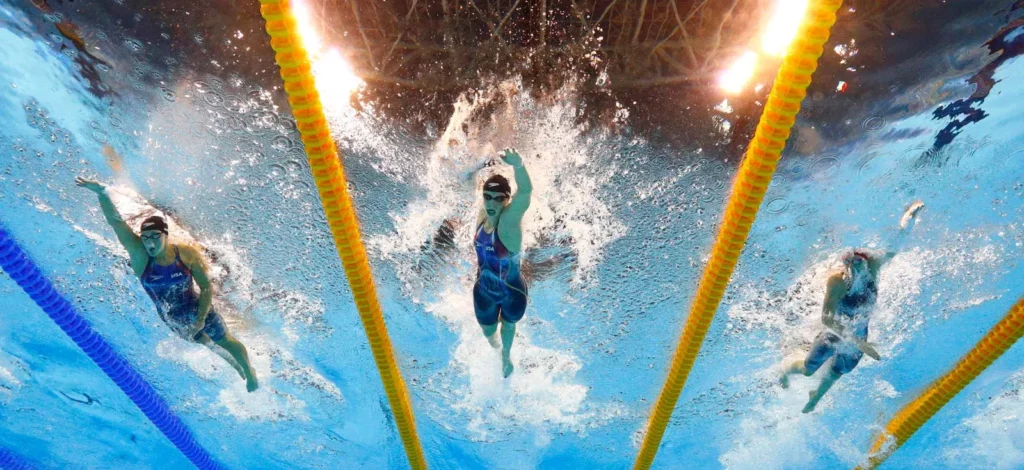The Early Days of Competitive Swimming
Swimming has come a long way from its humble beginnings as a survival skill to becoming a highly competitive sport. In ancient times, humans swam mainly out of necessity, relying on their ability to swim for survival and transportation. However, it wasn’t until the 19th century that people began to recognize swimming as a legitimate sport and it gained popularity.
The first recorded swimming competitions can be traced back to ancient Greece, where the sport was part of the ancient Olympic Games. Also, these early competitions mainly took place in pools or open water bodies, and the swimmers showcased their speed and endurance. While these competitions were fairly basic compared to modern swimming events, they set the foundation for the future development of the sport.
The Emergence of Pool Swimming
As swimming continued to evolve as a sport, the development of specialized pools became a game-changer. Also, the introduction of indoor swimming pools in the 19th century allowed for more controlled and standardized swimming conditions. This shift from open water to pools brought about significant changes in swimming techniques and training methods.
Pool swimming quickly gained popularity worldwide, with the establishment of competitive swimming clubs and the organization of national and international championships. Swimmers started focusing on speed, efficiency, and perfecting their strokes to gain a competitive edge. The sport became more technical and strategic, with athletes constantly pushing the boundaries of human capability in the pursuit of victory.
The Rise of Open Water Swims
While pool swimming remained the prominent form of competitive swimming, a new challenge emerged known as open water swims. So, these swims took place in natural bodies of water, such as rivers, lakes, and oceans, and presented a completely different set of challenges for swimmers.
One of the most iconic open water swimming challenges is the English Channel crossing. Swimmers brave the treacherous waters and attempt to swim the 21-mile stretch between England and France. The first successful crossing of the English Channel took place in 1875, marking a new era of open water swimming adventures.
The popularity of open water swimming has continued to grow, with swimmers seeking new challenges beyond the confines of a pool. Open water swims often require greater endurance, navigation skills, and mental resilience, as swimmers face unpredictable currents, waves, and weather conditions.
Today, open water swimming events, such as the Olympic 10K Marathon Swim, have gained recognition and become part of prestigious competitions. Finally, swimmers have embraced the opportunity to push their limits and explore new horizons in the expansive open water.


